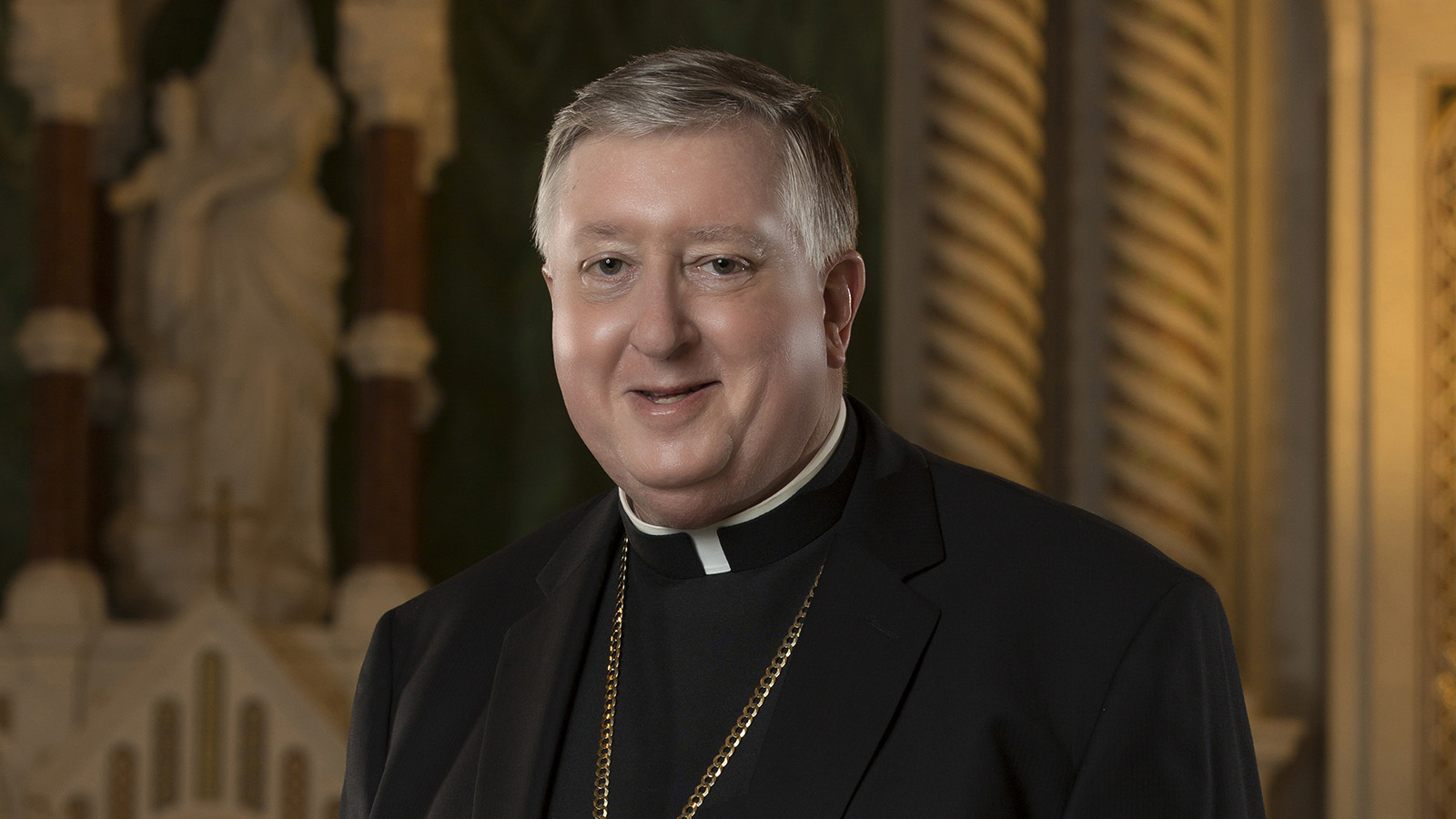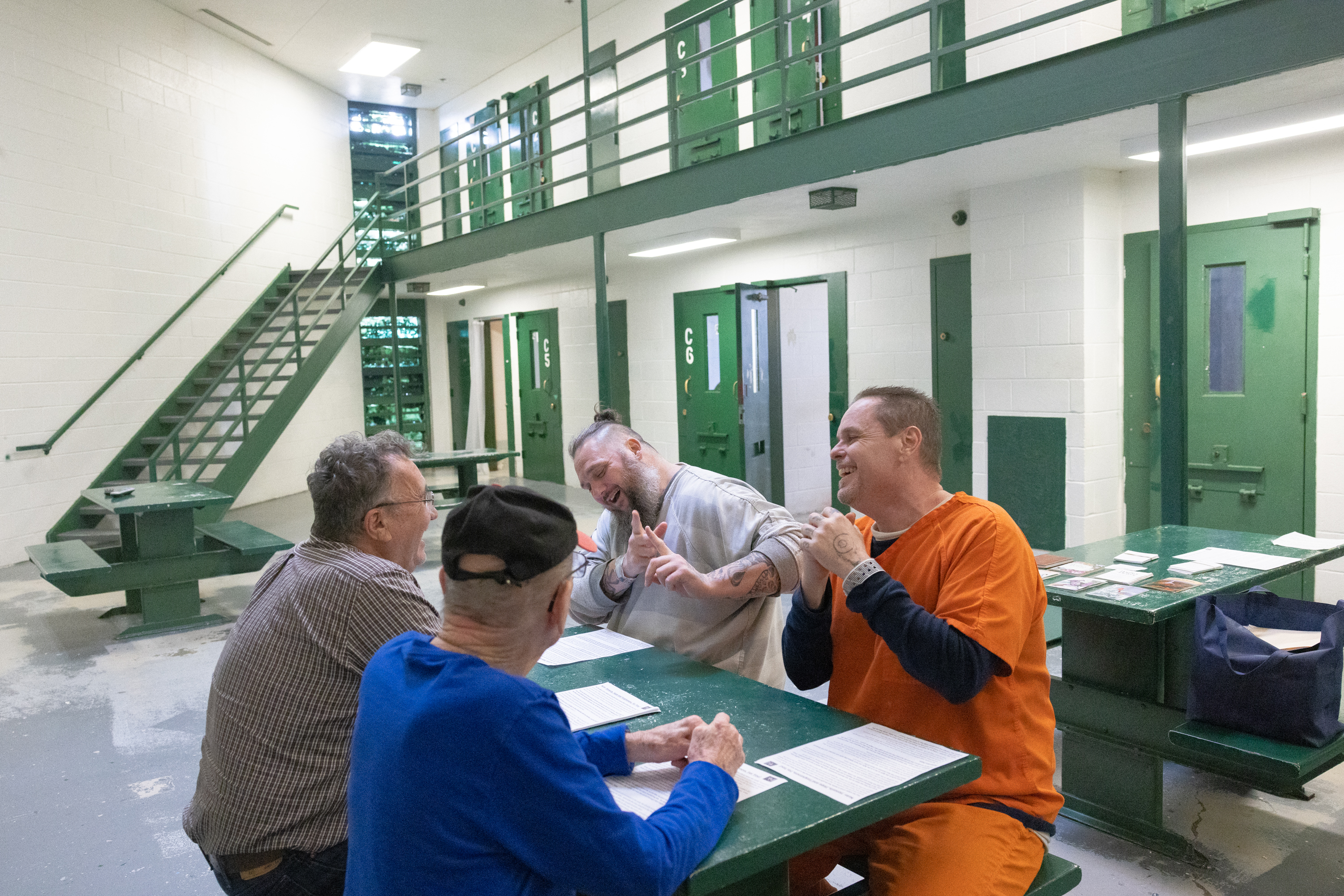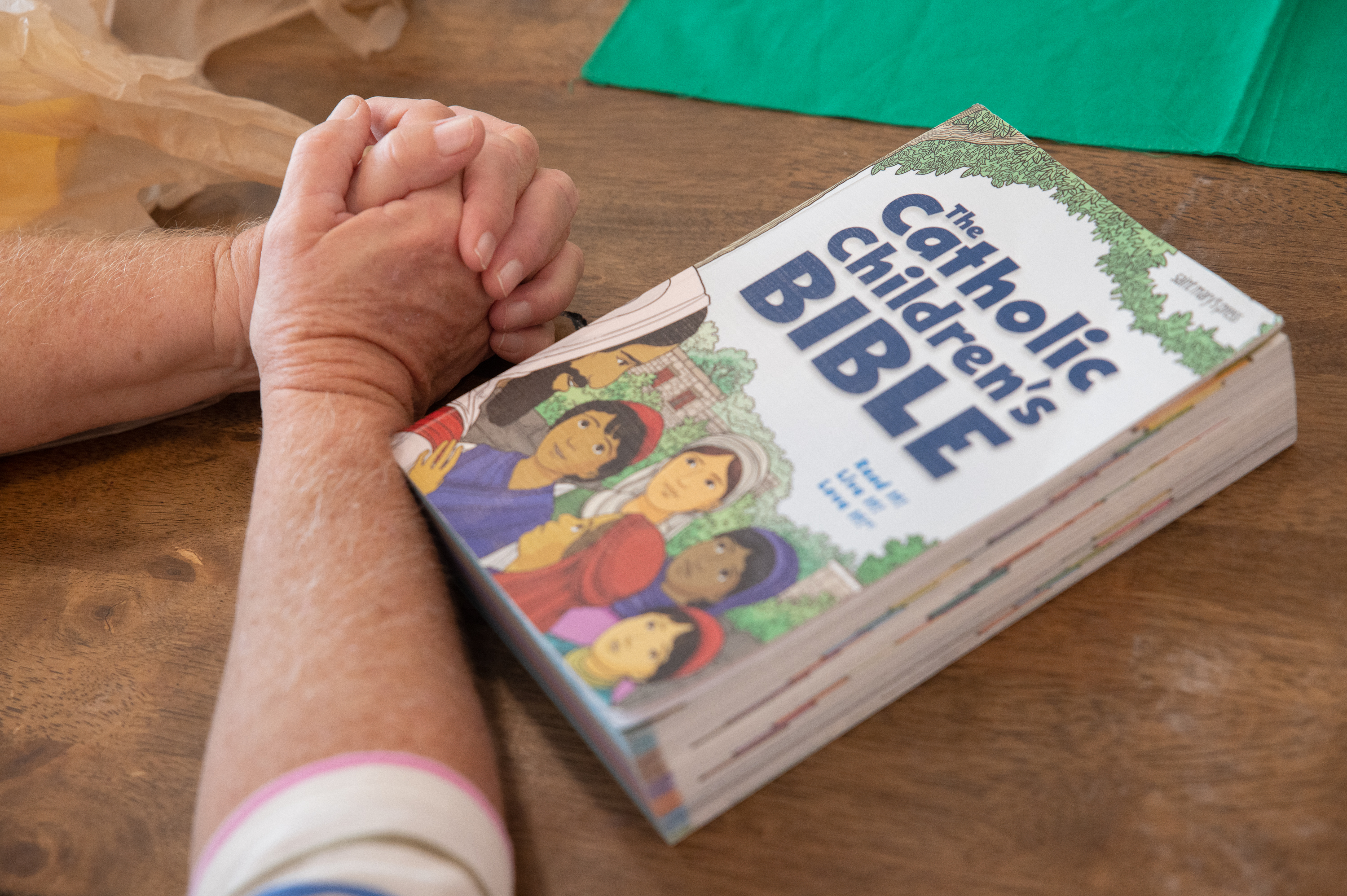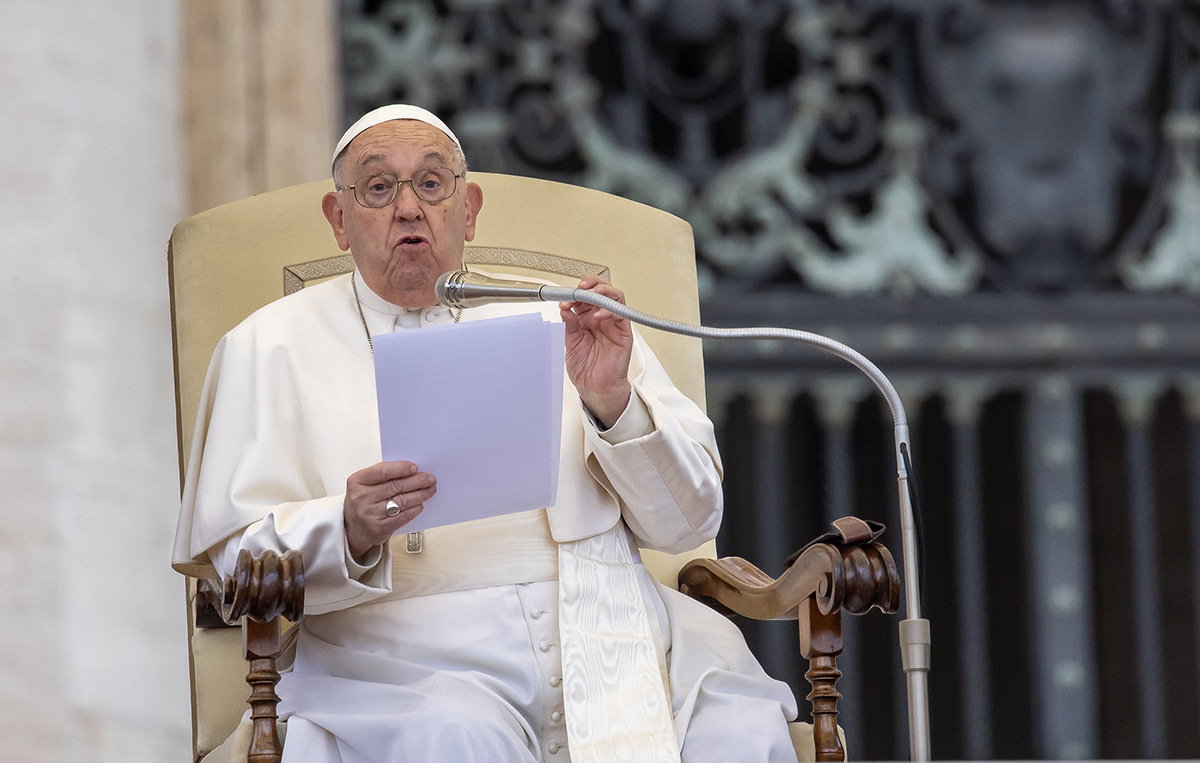DEAR FATHER | Christmas crèche is a vivid image of the Christ child’s birth
Someone told me that the crèche originated with St. Francis. What is its significance?
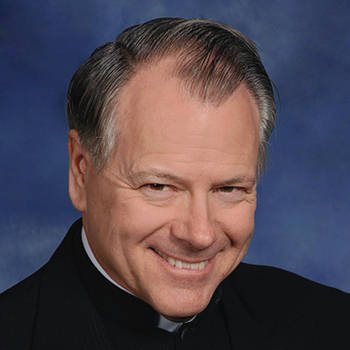
According to the legend of St. Francis, the great Poor Man of Assisi was praying one day in the collapsed wreck of the church of San Damiano when Christ spoke to him from its ancient crucifix and said, “Francis, rebuild My Church, which, as you can see, has fallen into ruins.”
Francis, at first, took Christ literally and spent the next few months restoring the fallen building, but, in the process of doing that, he came to realize that his greater mission was to revitalize the Catholic Church through his Franciscan way of radical Gospel simplicity.
As he was rehabilitating the Catholic edifice, St. Francis established many of our best, best-loved and most popular Catholic traditions. One was the practice of walking the Way of the Cross, meditating on its 14 “stations,” or stopping points, along the way. He had made a pilgrimage to the Holy Land, a dangerous thing in those days because the Crusades were still being fought. St. Francis survived and his own faith was so enhanced by his walking in the footsteps of the Savior that he wanted everyone to share his experience, but realized that his European brethren would not be able to make the journey to Palestine. Undaunted, he brought the devotion of the “Via Dolorosa,” the Way of the Cross, to the parish churches, first of Europe, and now all around the world.
Another tradition begun by St. Francis was inspired by his visit to Bethlehem, namely, the Christmas crèche. In 1223, shortly before his death, St. Francis desired to see a live re-enactment, with real people and animals, of Jesus’ Nativity. He thought it would help people to meditate better on that mystery of the faith if they had a vivid image of it firmly in their minds. He decided to stage it in the town of Grecchio (sometimes spelled Grecio or Greccio), first asking permission of the pope because he feared that his display would be taken as a mere novelty. He meant it to be a deeply, devotional experience. (By the way, some believe the word crèche derives from Grecchio, but it’s just the old French word for “crib.”)
According to St. Bonaventure, writing a few decades later, when the scene was set and everything was in place just as he wanted it, St. Francis summoned the townspeople to his tableau vivant and chanted for them the Gospel of Jesus’ birth. Being a deacon, he next preached a beautiful sermon on the poverty of the newborn King. Then something truly marvelous happened, which astonished even the crowds who had already grown accustomed to seeing miracles happen at the hands of St. Francis. “The Man of God” (as St. Bonaventure calls him) turned to the manger and found, lying on top of its straw, a “marvelously beautiful” infant, asleep. The simple townsfolk of Grecchio piously saved the remnant bits of straw from the manger and found them to have miraculous powers. It confirmed in their minds that St. Francis had indeed provided for them a re-enactment of the Nativity far more real than they could have imagined! Ever since then, the crèche, whether under the tree or in the town square, has become a treasured symbol of God’s love and a reminder of His humility.
This column appeared in a previous edition of the Review.
Msgr. Mitas is pastor of St. Angela Merici Parish in Florissant.

